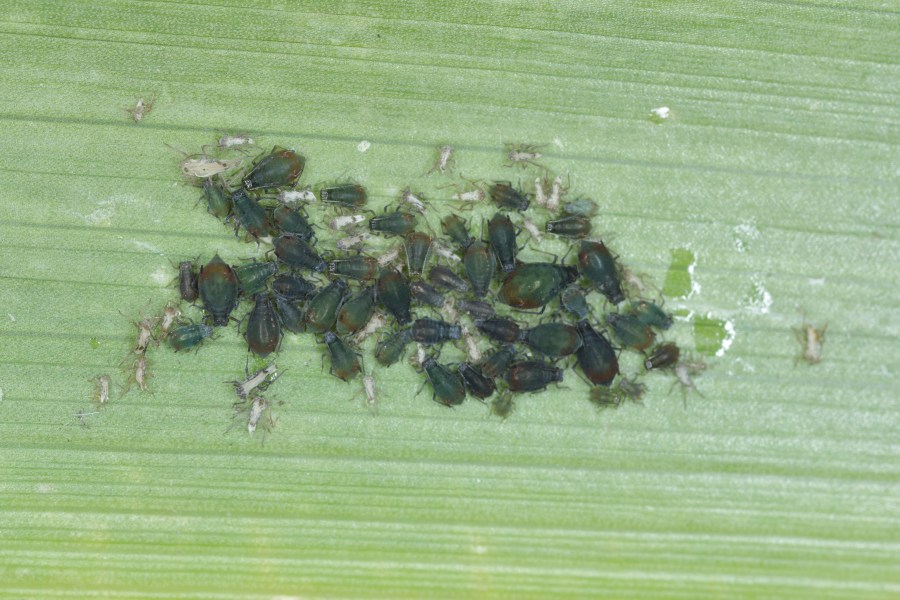Trial data suggests a short gap between spray off and drilling can leave a green bridge for aphids to survive and spread barley yellow dwarf virus (BYDV) to emerging crops.
The trials, conducted by Bayer, show lower infection rates from a nine-day gap compared with two days.
“Cereal volunteers and some weed species can host grain aphids and Bird Cherry-oat aphids, the vectors of BYDV,” says Bayer’s Matt Siggs. “When there’s a short interval between spray off and drilling these aphids can survive on the dying volunteers and weeds, then quickly infect the new crop as it emerges.”
Trial protocols
Bayer trials from 2020/21 aimed to identify the optimal interval between green bridge destruction and drilling. The protocol involved releasing infected Bird Cherry-oat aphids among plots of cereal volunteers. They were sprayed off and winter barley was drilled after a two-day or nine-day gap.
Barley yields in plots treated with glyphosate nine days before sowing were significantly higher than in untreated and plots treated two days before sowing. Aphid survival was greatly increased by only having a two-day gap, leading to significantly higher levels of infection in the winter barley.
Integrated pest management
Matt emphasises that an IPM approach is essential for BYDV management, utilising tools such as T-sum calculations and selecting resistant varieties. Delayed drilling is also effective and compliments weed control programmes.
“Because of the longer gap between application and drilling, there could be concern about additional weed germination. Monitor before drilling and consider glyphosate in the pre-em mix at 540g/ha if there’s further weed emergence. But, keep strictly to the true pre-em timing,” he says.




